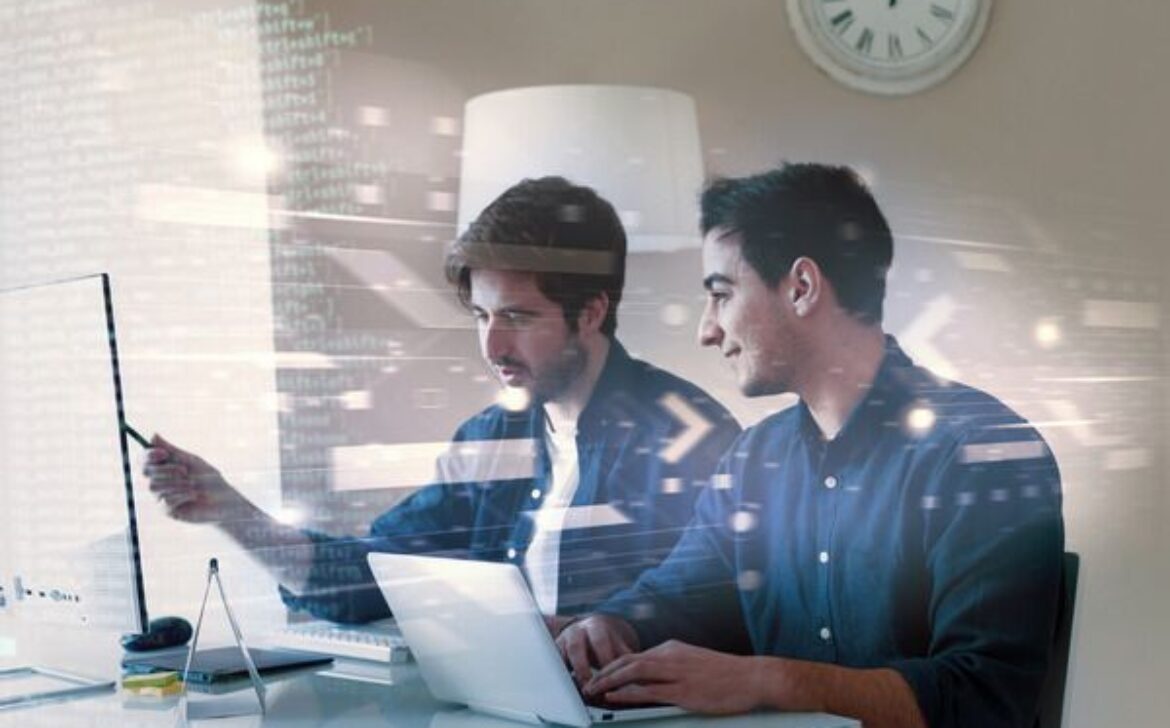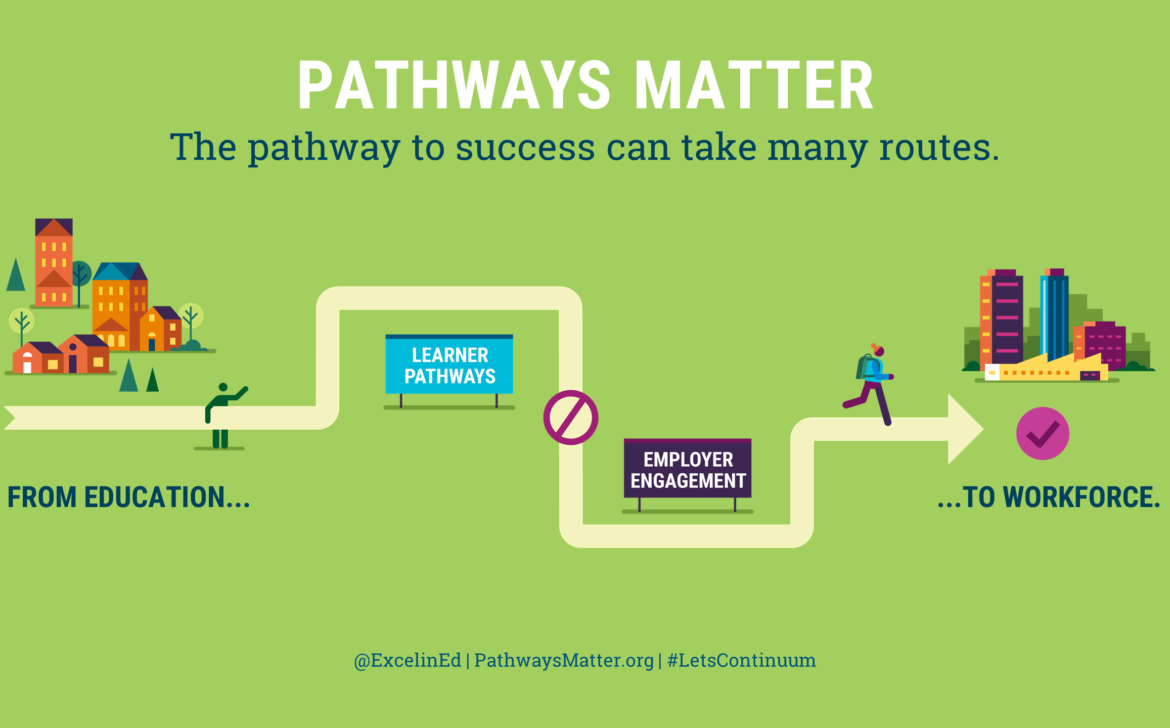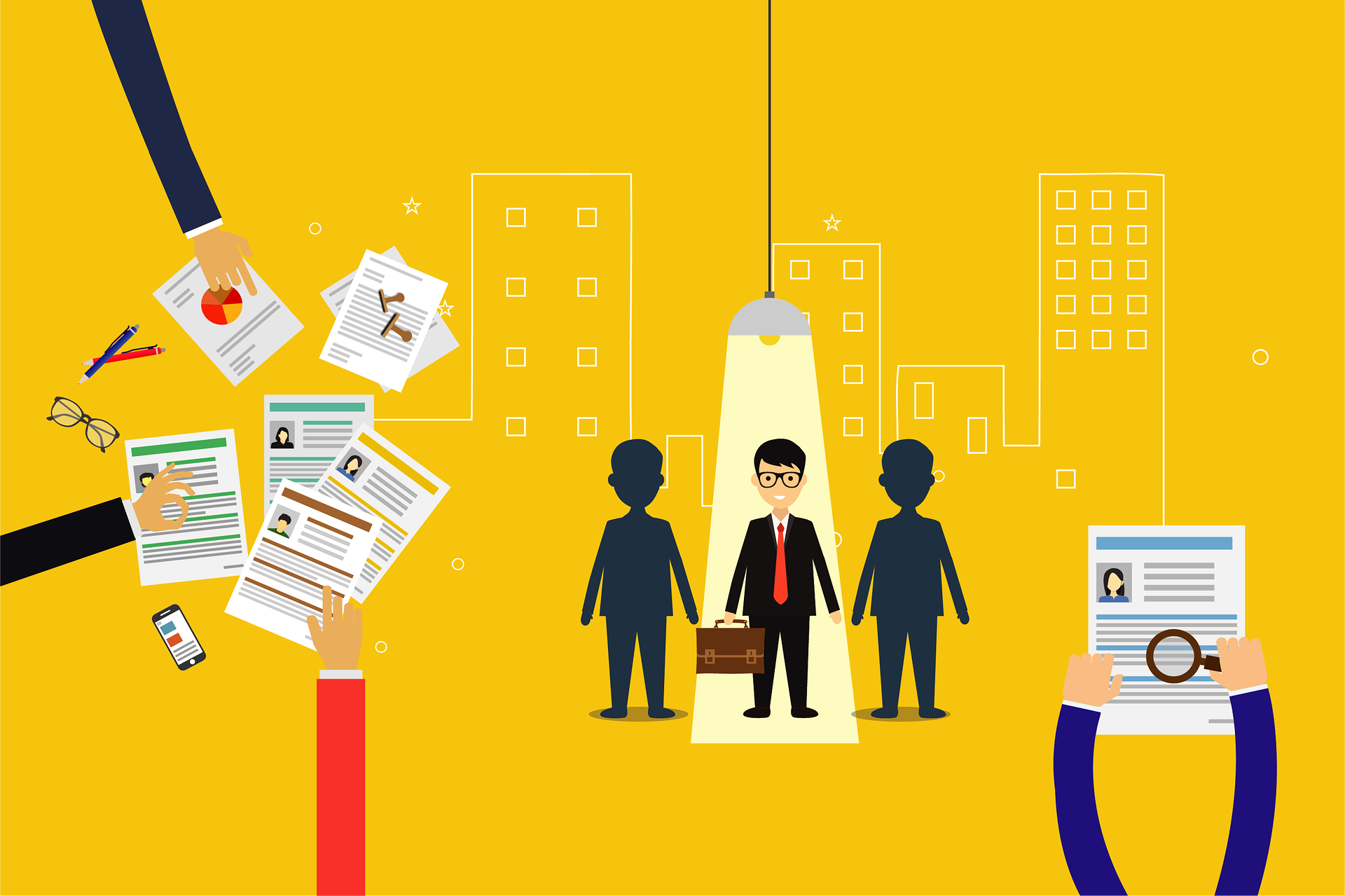The Benefits of Multilingual Education for Students
Introduction
In an increasingly interconnected world, multilingual education has emerged as a valuable asset for students. This approach to learning offers a range of cognitive, academic, career, and personal benefits that enhance students’ overall growth and development. In this article, we will explore the numerous advantages of multilingual education, which extends far beyond just learning multiple languages.
What is Multilingual Education?
Multilingual education is an approach that involves teaching students academic content in two or more languages. While traditional education primarily focuses on instructing students in their native language, multilingual education incorporates additional languages into the curriculum. The goal is to foster bilingual or multilingual proficiency, empowering students to communicate effectively in various linguistic and cultural contexts.
Benefits of Multilingual Education
Cognitive Benefits
Improved Memory
Multilingual education requires students to constantly switch between languages, which exercises their memory muscles. This cognitive workout leads to improved memory retention and recall, benefiting not only language-related tasks but also various aspects of learning and everyday life.
Enhanced Problem-Solving
Bilingual individuals have been found to be more adept at problem-solving and critical thinking. Constantly navigating between languages enables them to think outside the box, approach challenges from different angles, and find creative solutions.
Increased Creativity
Language and creativity are closely linked. Multilingual students have a broader linguistic toolkit, allowing them to express ideas and emotions in diverse ways. This linguistic flexibility nurtures their creative thinking and artistic abilities.
Education is the most powerful weapon which you can use to change the world.
– Nelson Mandela
Academic Advantages
Improved Language Skills
Naturally, multilingual education leads to enhanced language skills in multiple tongues. Students become proficient speakers, readers, and writers in each language they study, enriching their communication abilities.
Better Academic Performance
Numerous studies have shown that multilingual students tend to perform better academically than their monolingual peers. They develop stronger analytical skills, excel in standardized tests, and demonstrate higher academic achievements.
Broader Cultural Understanding
Learning multiple languages also involves exploring the cultures and histories tied to each language. This fosters a deeper appreciation for diversity, encourages tolerance, and promotes cross-cultural understanding.
Career Opportunities
Global Job Market
In today’s globalized economy, businesses seek employees with language skills to engage with international clients and partners. Multilingual students have a competitive edge in the job market and can access a broader range of career opportunities.
Interpreting and Translation
Proficiency in multiple languages opens doors to careers in interpreting and translation services, which are in high demand in international conferences, diplomatic missions, and various industries.
Diplomatic and NGO Roles
Multilingual individuals are well-suited for roles in diplomacy and non-governmental organizations. Their language skills facilitate effective communication and collaboration on a global scale.
Personal Growth
Increased Empathy
Language and culture are intertwined, and multilingual students develop empathy for people from different linguistic backgrounds. This empathy fosters a more compassionate worldview and the ability to connect with individuals from diverse cultures.
Expanded Perspectives
Exposure to different languages and cultures broadens students’ perspectives. They become more open-minded, adaptable, and appreciative of various ways of life.
Enhanced Adaptability
Multilingual education hones adaptability skills as students learn to navigate diverse environments and adapt their communication style accordingly.
Conclusion
In conclusion, multilingual education offers a myriad of benefits for students. Beyond linguistic proficiency, it enhances cognitive abilities, academic performance, career prospects, and personal growth. Embracing multilingual education not only enriches students’ lives but also contributes to a more interconnected and harmonious global community.


























 Imagine a world where you can travel to exotic destinations, explore fantastical realms, or interact with virtual beings—all without leaving the comfort of your living room. Welcome to the captivating realm of virtual reality (VR). In this blog post, we will delve into the fascinating world of VR, exploring its applications, advancements, and the transformative impact it has on various industries and our daily lives.
Imagine a world where you can travel to exotic destinations, explore fantastical realms, or interact with virtual beings—all without leaving the comfort of your living room. Welcome to the captivating realm of virtual reality (VR). In this blog post, we will delve into the fascinating world of VR, exploring its applications, advancements, and the transformative impact it has on various industries and our daily lives.


 Virtual reality has also made a significant impact on education and training. VR simulations provide immersive and realistic environments for learning and skill development. Students can explore historical landmarks, dive into the depths of the ocean, or practice complex medical procedures—all within a virtual space. VR training programs have been adopted in fields such as aviation, healthcare, and military, allowing individuals to gain hands-on experience in a safe and controlled environment.
Virtual reality has also made a significant impact on education and training. VR simulations provide immersive and realistic environments for learning and skill development. Students can explore historical landmarks, dive into the depths of the ocean, or practice complex medical procedures—all within a virtual space. VR training programs have been adopted in fields such as aviation, healthcare, and military, allowing individuals to gain hands-on experience in a safe and controlled environment.










